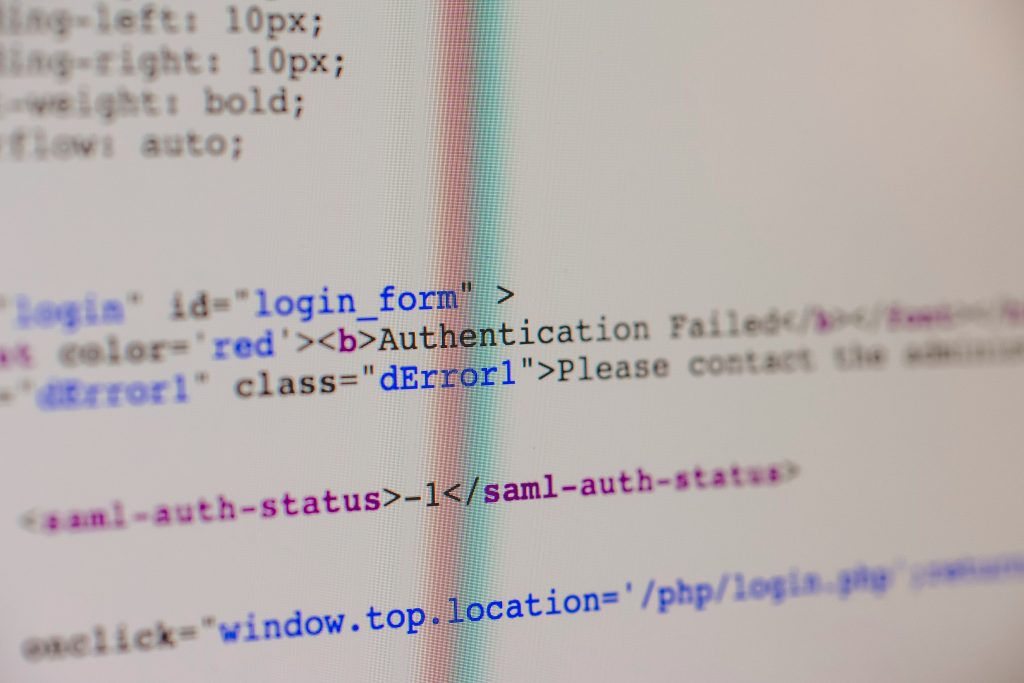Digital Identity in Web3: Owning Your Online Presence
2 What is Digital Identity in Web3?
1 Definition: Decentralized identifiers (DIDs), self-sovereign identity (SSI).
2 How it differs from traditional logins (Google, Facebook, email).
3 Key concepts: wallets, keys, and decentralized authentication.
3 Why Owning Your Online Presence Matters
1 Privacy concerns with centralized platforms.
2 Data breaches and misuse of personal information.
3 The power of controlling your data share what you want, when you want.

4 Technologies Powering Web3 Identity
1 Blockchain for immutable records.
2 Zero-knowledge proofs for privacy-preserving verification.
3 Smart contracts for automated trust and permissions.
5 Real-World Applications
1 Secure logins without passwords.
2 Portable reputation scores (gaming, DeFi, social media).
3 Decentralized KYC for financial services.
4 Digital passports and verifiable credentials.

6 Challenges and Risks
1 Usability (managing keys and wallets is still complex).
2 Scalability of decentralized identity solutions.
3 Regulatory and legal implications (e.g., GDPR compliance).
4 Risk of losing access (what happens if you lose your private key?).
7 The Future of Digital Identity
1 Interoperability between platforms.
2 Integration with IoT and AI (personal AI agents with your identity).
3 Potential mainstream adoption and what that means for users.
Conclusion
1 Web3 is shifting power back to users.
2 Owning your online presence may become as common as owning a bank account.
3 Final thought: digital identity could be the foundation of the future internet.






